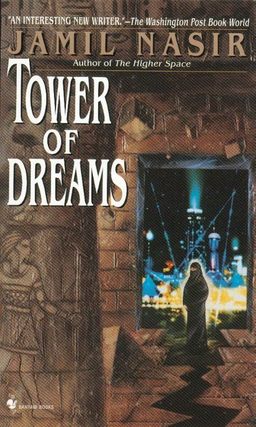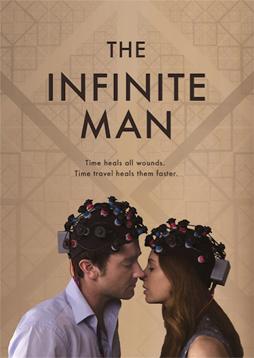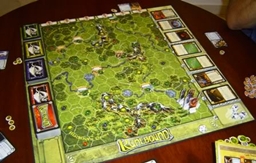The Scorpion Revealed: The Adventures of Captain Marvel, Chapter Twelve: Captain Marvel’s Secret
 Hurry up and get in here! Be careful you don’t trip walking down the aisle — the lights have already gone down and they’ll be ready to start any minute. You’re late, but still in luck, because there’s one last seat left, over there on the right — see it? Now that we’re all in our places with bright shining faces, we’re ready for our story’s finale. Sit tight because here it comes — The Adventures of Captain Marvel, last chapter: “Captain Marvel’s Secret.”
Hurry up and get in here! Be careful you don’t trip walking down the aisle — the lights have already gone down and they’ll be ready to start any minute. You’re late, but still in luck, because there’s one last seat left, over there on the right — see it? Now that we’re all in our places with bright shining faces, we’re ready for our story’s finale. Sit tight because here it comes — The Adventures of Captain Marvel, last chapter: “Captain Marvel’s Secret.”
Three title cards semi-coherently sum up last week’s action. “Captain Marvel — Rescues the Malcolm Expedition from a trap set by the Scorpion.” “Billy Batson — Refuses to enter the tomb to get Dr. Lang’s lens.” “Rahman Bar — Plans to arouse the natives against the expedition.” And now, for the final time, let’s shout together the mystic syllables that will bring down the magic lightning bolt and transform you into one of the greatest of all superheroes, Captain Marvel — Shazam!
Returning to the conclusion of last week’s chapter, Malcolm and Bentley, having recovered the hidden lens, stand outside the tomb chamber where Betty and Whitey are trapped, while Billy and Tal Chotali dither outside the tomb itself. The whole place is being shaken to pieces due to the eruption of the volcanic mountain Scorpio. “Scorpio is angry because unbelievers have entered the tomb,” Tal Chotali tells Billy. Actually, we know that Rahman Bar has caused the eruption by diverting a river into the crater, which, as everyone knows, acts as a volcano emetic.
As the shaking increases in intensity, Billy tries to run into the tomb to help his friends inside, but is held back by Tal Chotali. Everyone in the tomb — Malcolm, Bentley, Betty, Whitey — is doomed, hopelessly doomed!
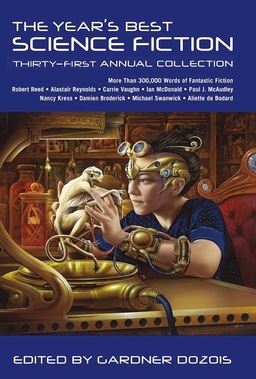
 There are a couple of things I’ve noticed in my Fantastia experience so far which I haven’t yet mentioned. The first is the general friendliness of people: the ease I’ve had in getting into conversations while in line for a film, or in the theatre waiting for a movie to start. I’ve met other writers, a programming director for a Mexican horror film festival (
There are a couple of things I’ve noticed in my Fantastia experience so far which I haven’t yet mentioned. The first is the general friendliness of people: the ease I’ve had in getting into conversations while in line for a film, or in the theatre waiting for a movie to start. I’ve met other writers, a programming director for a Mexican horror film festival (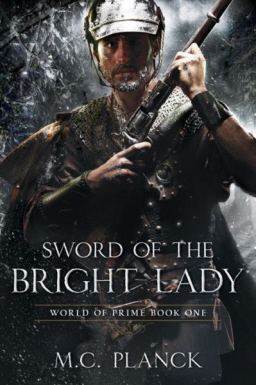

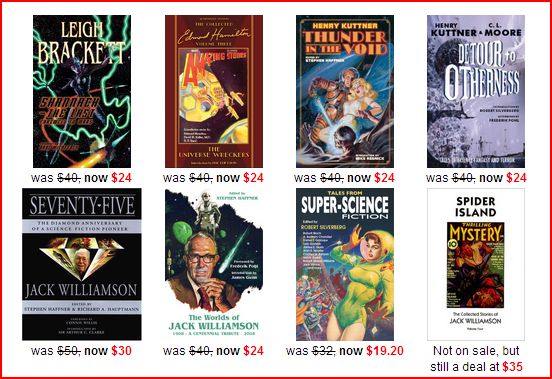
 I’m going to do something a little different in this instalment of my diary of the Fantasia film festival: I’m going to write about two movies in the reverse order from which I saw them. I watched both on Saturday, July 26, and it so happened that the second one struck me as a perfectly fine movie of the sort of movie that it was, while the first seemed a little bit more.
I’m going to do something a little different in this instalment of my diary of the Fantasia film festival: I’m going to write about two movies in the reverse order from which I saw them. I watched both on Saturday, July 26, and it so happened that the second one struck me as a perfectly fine movie of the sort of movie that it was, while the first seemed a little bit more.